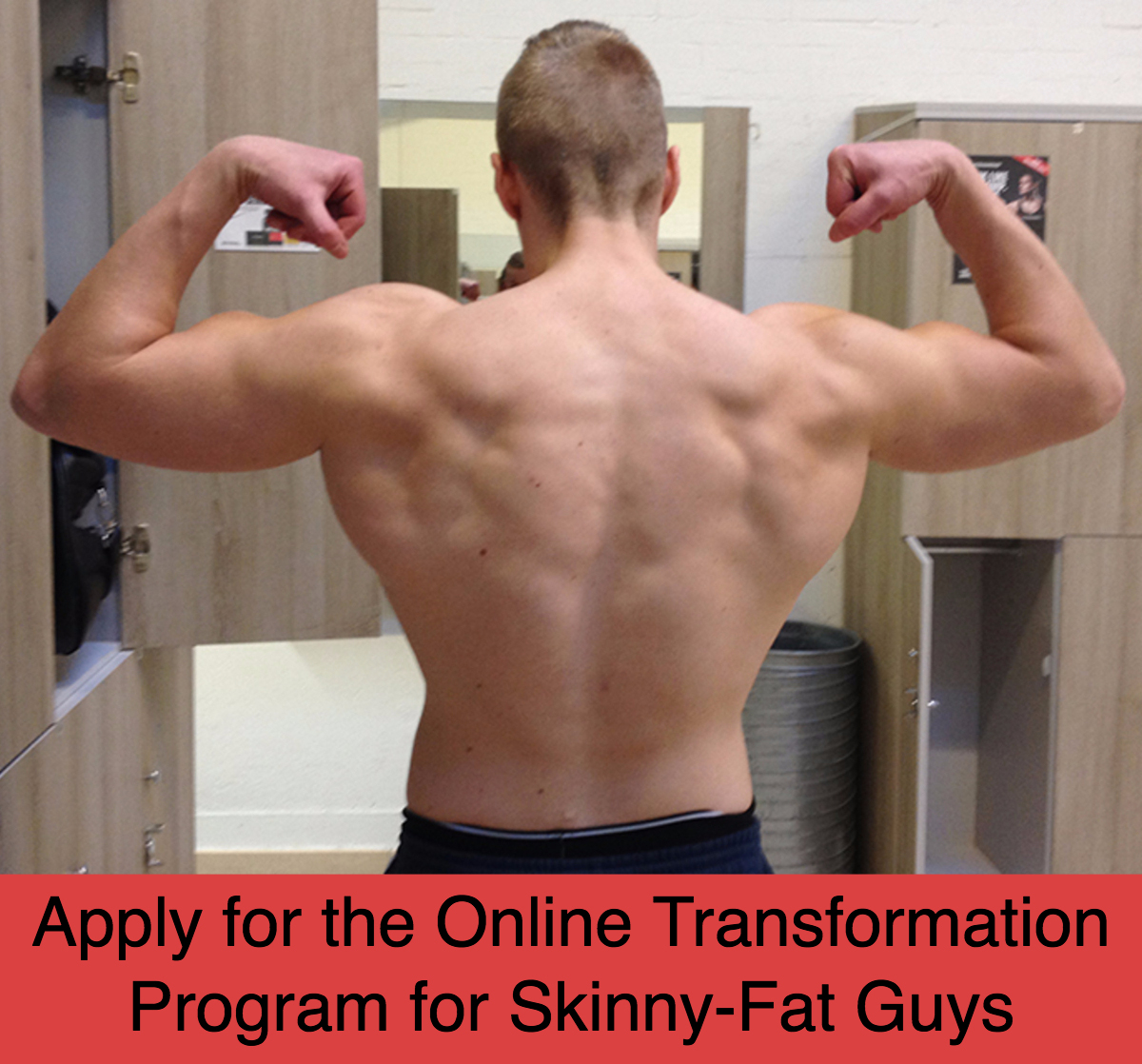 Building muscle mass is a very slow process compared to losing fat.
Building muscle mass is a very slow process compared to losing fat.
You can lose 4-6 KG (9-13 LBS) of fat per month.
You can only gain 0.5 KG (1 POUND) of muscle per month if you got everything dialed in your first year of training.
After that gains slow down each year.
When you’re at the advanced level you’ll be lucky to gain 1 kg (2 LBS) of muscle in an entire year of hard training.
Visually, muscle is about twice as dense as fat.
Therefore you can expect the muscle gain process to be roughly 8-12 times slower than fat loss to begin and after the first year it’ll be way slower
The first many pounds of muscle you gain usually don’t make a big visual difference but once you reach a certain size each extra kg of muscle makes a huge difference.
This makes most skinny-fat hardgainers give up on their muscle building quest because there’s no consistent feedback guiding you.
As a result, to know that you’re gaining muscle with absolute certainty while preventing excess fat gains, you absolutely cannot rely on the mirror.
Instead, you need to:
- Take body measurements with a tape on a regular basis. Shoulders, chest, arms and legs should all be growing when training for growth.
- Control the rate of weight gain when attempting to build muscle. Anything above a 1.5 KG (3 pounds) weight gain per month is guaranteed to be excess body fat.
I have all my clients note these things in an excel sheet every Sunday so we can review their progress.
This is the only way you know that you’re gaining quality mass. Shoulder chest and arms have to increase along with bodyweight.
If your bodyweight is increasing at way above the rate of maximum muscle gains while the shoulders, chest and arms remain the same, you know that your diet and training aren’t working.
Don’t be lazy about the tracking because it can cost you months or years of wasted effort. That’s time you can’t get back.
In my experience, the better you track your progress, the better your results will be.
It takes no more than 5 minutes per week to take your weight and body-measurements and put them into an excel sheet.
Time-wise, it’s one of the best investments you can make in your body-transformation.
The other thing to track is strength which you can do on your phone while resting between sets.
If you get stronger all over the body you will inevitably gain muscle mass.
The key muscles in the body are back, legs and chest.
These are 80% of the musculature of the body.
Therefore you want your program to revolve around 3 big exercises for these 3 big muscles.
Here’s a list of the best main exercises for building muscle in the right places:
– Chest: Diamond push ups, dips, weighted dips, incline dumbbell presses, incline barbell presses.
– Back: Pull ups, weighted pull ups. (Can also use dumbbell rows, barbell rows or barbell deadlifts but these produce inferior results in my experience).
– Legs: Squats, weighted squats, leg presses.
You’ll notice there are no machine exercises or cable exercises.
These are usually used as assistance exercises.
You want your main exercises to be compound movements that target multiple muscle groups to get a balanced body.
Furthermore, it’s best to choose exercises where your body moves through space because of an increased signaling effect.
An increased signaling effect leads to superior muscle and athleticism gains.
This is why weighted dips, weighted pull ups and weighted squats are the 3 ultimate exercises to build up to.
They move your body through the biggest possible range of motion for those muscles while being safe.
The rep range I recommend you start with is 7-10 reps per set.
7-10 reps is the ideal rep range for muscle gains on the big exercises because the rep range is low enough to facilitate consistent strength gains while being high enough to induce optimal hypertrophy and keep risk of injury to a minimum.
So to sum it up:
- Track bodyweight every week. Aim for a 0.5-1.5 KG (1-3 pounds) increase in bodyweight per month.
- Track body measurements every week. You want to consistently see your muscle measurements moving up.
- Train in the 7-10 rep range to get stronger on 3 big exercises for the chest, back and legs.
Be proud but stay hungry!
Oskar Faarkrog, ISSA Certified Personal Trainer
 Read my free 50 page guide "The 2 Phases of a Skinny-Fat Transformation"
Read my free 50 page guide "The 2 Phases of a Skinny-Fat Transformation"